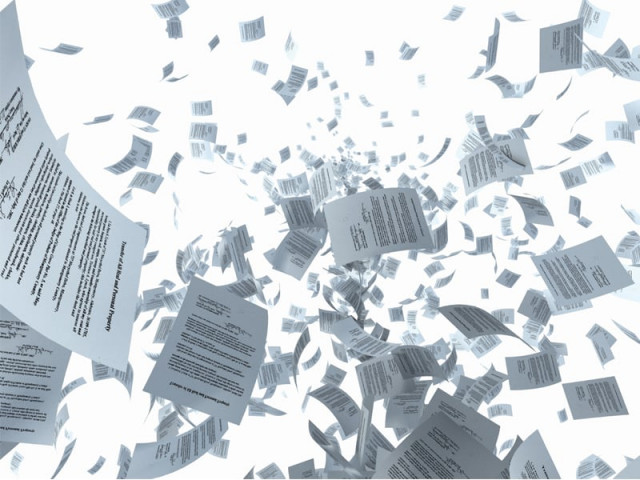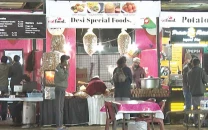It’s not waste until you waste it
Making the most of a piece of writing paper is another way to reduce waste on campus.

In the back row of a classroom, a pair of mischievous hands expertly transforms a dull handout into a paper plane. As soon as the teacher looks the other way, the projectile is launched, and flies gracefully over the heads of the two girls who are busy passing messages back and forth on torn scraps of paper and the boy who is doodling on his notebook instead of taking notes, before landing a few feet from its destination: the wastepaper basket. Little do they realise that all four of them have just contributed to the waste of a precious resource: paper.
From books and notebooks to answer booklets, printouts, and handouts, paper is an integral part of school and university life, silently and faithfully helping students during their learning period. Perhaps because it is so ubiquitous and easy to take for granted, we hardly ever stop and think about it; even more so, it is often easy to overlook the fact that paper is made from trees, and that its wastage has both economic and environmental costs.
Beginning from the admission process with brochures and applications, and ending at the answer booklet for the very last exam (or even at receiving the final transcript and degree), students leave behind a long paper trail. But as inevitable as this usage may be, an unnecessary and avoidable waste of paper often goes unnoticed.
This misuse is prevalent at all levels: students print on one side of a paper, sometimes even write on one side of the sheet, and discard notebooks at the end of a semester even when there are blank pages left; teachers print unnecessary handouts, and ask students to turn in printed or written work instead of emailing it; prints are taken without proofing, and then discarded because of minor errors; at some places that offer free printing facilities, pages that were printed are never picked up; multiple sheets are stapled together to make answer booklets for examinations, and even if one page is used, the entire booklet is considered useless; and much more.
Such waste, however, can be avoided and we can conserve resources by taking small steps such as the following:
• Avoid printer abuse: For rough drafts, print on both sides of the paper, try to use narrow margins, and reduce font size if possible. If the document is for submission, make sure that it is error free before clicking print.
• Reuse paper: Utilise old notebooks with unused pages for rough work; reuse erroneous printed documents as scrap paper for notes; use the blank sides of pages no longer required as a scratch pad.
• Use electronic transmission and copies: Ask to submit assignments electronically, if possible; use softcopies of documents when convenient; see if the notes that are being sent to parents can be emailed, or use a sibling list to prevent duplicates.
• Minimise waste in other areas: Recycle unwanted paper; photocopy on both sides; go for reusable cups and plates in the café instead of paper ones; carry a handkerchief instead of using tissue papers; avoid the use of paper towels; minimise the use of post-it notes; and submit books no longer needed to a library or book bank.
If we try, we can all find ways that are relevant to our situation, and can help save paper and the resources used to make it as well as decrease the waste created by its misuse.
Published in The Express Tribune, July 2nd, 2011.



















COMMENTS
Comments are moderated and generally will be posted if they are on-topic and not abusive.
For more information, please see our Comments FAQ